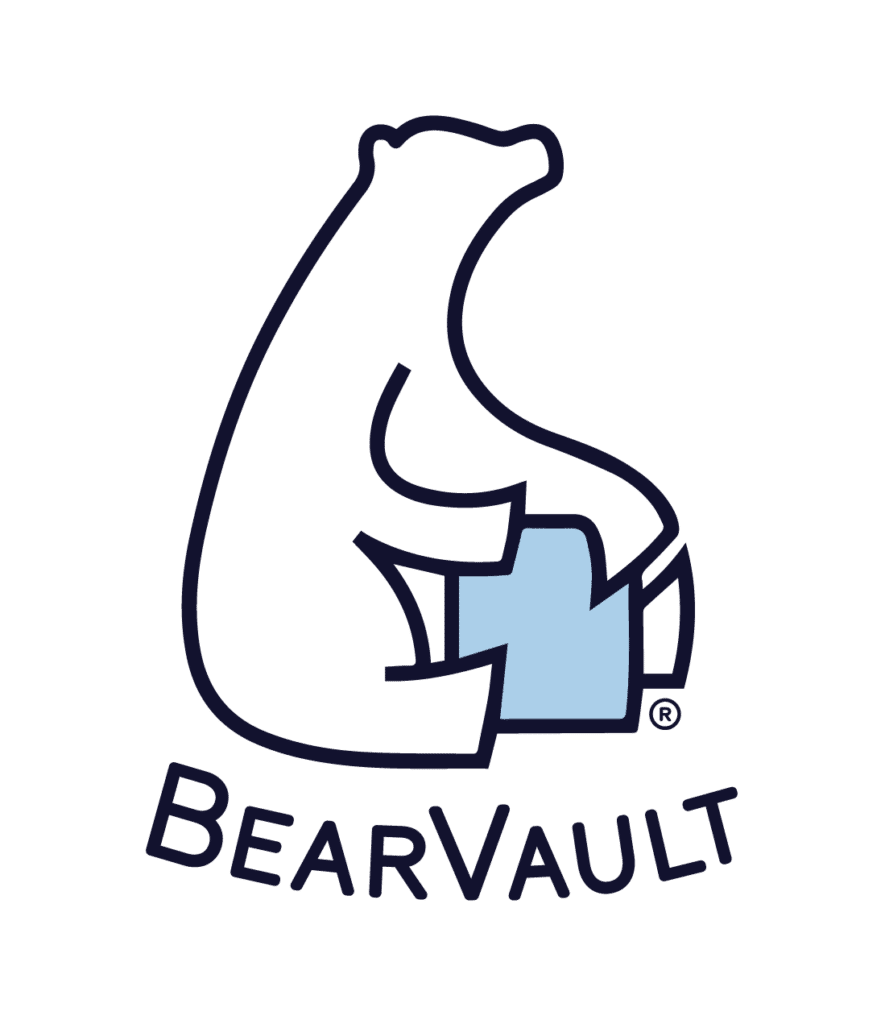More than 100,000 grizzly bears once roamed western North America. By the 1920s, the United States were only left with isolated clusters or island populations and far fewer grizzly bears.
Today, grizzly bears in the lower 48 have been reduced to 2 percent of their historic range, with most grizzlies persisting near the US/Canada border, with only a handful of isolated populations — including one remaining in the Greater Yellowstone Ecosystem.
Running about 2,100 miles from the Greater Yellowstone Ecosystem to the arctic circle in the Yukon, the Yellowstone to Yukon Conservation Initiative (Y2Y) oversees one of the largest wildlife connectivity projects in the world.
Large landscapes for bears, better habitats for other wildlife
The Yellowstone to Yukon landscape still supports much of its native biodiversity—the habitats, nature, wildlife, and ecosystems that make up the area. Keeping the region wild and connected helps ensure we do not lose more grizzly bears, and supports habitat for other species as well.
One of Y2Y’s priorities is connecting and protecting large landscapes for wildlife, including grizzly bears. They are an “umbrella species”, which means that when they thrive, other wildlife do as well, and having large, connected landscapes is one of the ways these animals can succeed, feed, and breed. There’s hope for this return to landscape connectivity as we’re seeing populations of grizzly bears expand in the lower 48.
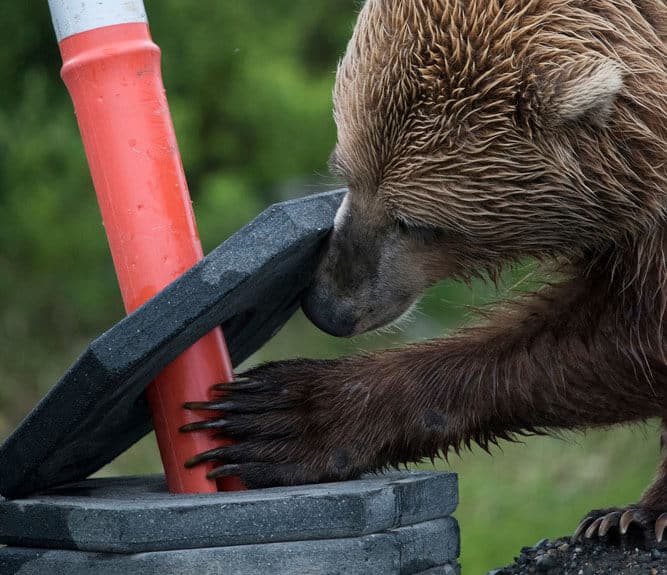
This is good news. Grizzly bears are coming back from the brink and are expanding their range. That means the iconic grizzly bear is returning to neighborhoods, hiking/camping trails, and other areas. That’s why it’s important to focus on growing together and keeping both the human families and the bear families safe when we’re near one another.
Let's see that dumpster work
The smells of food, garbage, birdseed, and livestock are very tempting to many wild animals, and bears of all types are no exception. From fresh food you’re hoping to cook over the campfire during your trip to the trash you’re tossing in the local bin, bears find all of it enticing.
Many tools exist to help people and wildlife coexist. To protect bears and humans alike, we sometimes need to talk about dumpsters. There are specific bear-resistant dumpsters and trash bins that have latches too small for big bear paws to open. You’ll find them around campsites, in communities that see a lot of bears, and in parks.
Community rural waste stations are also a target for the crafty bear population. Working with partners in southwestern Montana, a new waste station was created that keep bears out. Sad news for bears who appreciated the delicious smelling garbage as a meal, but overall good news for the community and bears.
Without that tempting trash, bears are more likely to thrive in their natural habitat and stay wild. When bears become too accustomed to being around humans and their food, they are in danger of becoming killed or relocated. By securing your trash, you are securing bear’s safety.
Bear-safe food storage
Bears might enjoy a good dumpster dinner, but if you’re heading outdoors, you might want something a bit fresher. To protect bears from getting into food at campsites, some have turned to the solution of using bear-resistant food storage lockers.
Much like bear-resistant bins, bear-resistant food storage lockers work. They provide a hassle-free solution for folks out in nature and an easy-to-use secure food storage station. Having stations like this in camp sites decreases the likelihood of human-bear conflicts, keeping your food, you, and bears safe.
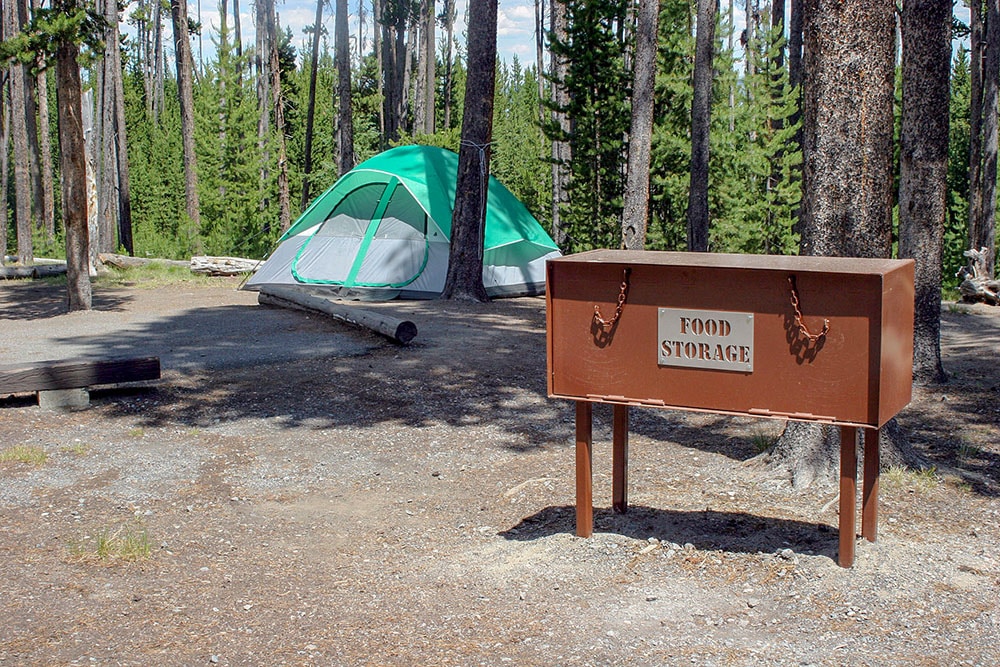
You can also take your food security into your own hands. Using an Interagency Grizzly Bear Committee approved bear canister allows you to safely store and carry your food and other smelly items that might attract bears to them.
A BearVault bear canister is portable, lightweight, and intentionally designed to keep bears from accessing your food, while making it pretty easy for you to sneak into your pack for a snack. These canisters are certified to resist attempts to get in from both black and grizzly bears, so it keeps your food from being stolen and prevents the bear from getting interested in human food. It’s an easy solution to bring along with you when you’re out on on your adventure. (A medium-sized food locker is around 300 lbs, but a BearVault bear canister starts at close to 2 lbs.)
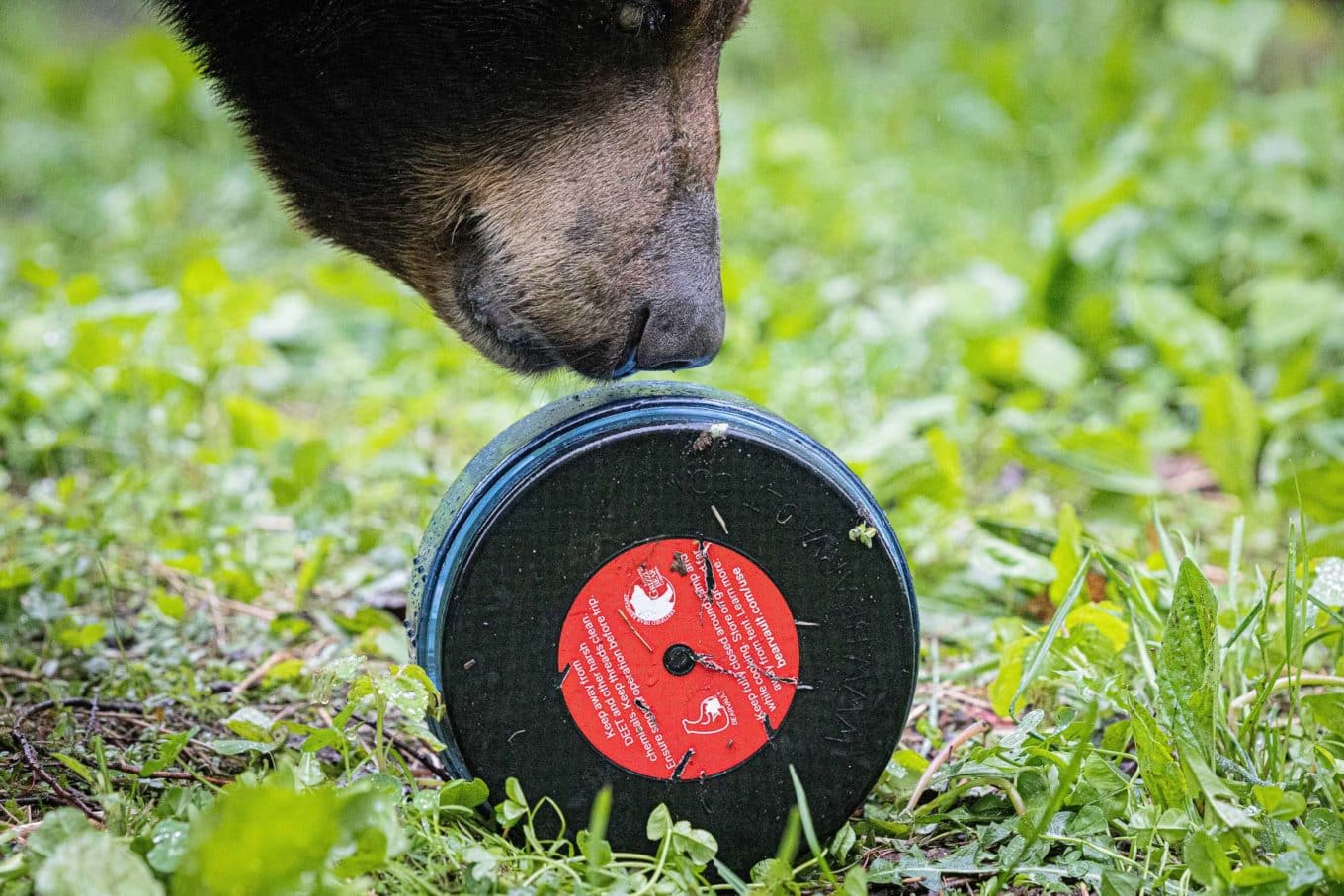
Prevent conflict and promote coexistence
Conflicts between people and bears are the No. 1 reason why grizzly bears die in the U.S. Many of these conflicts are completely preventable. Food and garbage are two big attractants that can get bears into trouble. Having solutions like bear-resistant dumpsters, food storage lockers, or a BearVault bear canister is a big help in shared spaces.
It’s up to us to be good neighbors for bears and other wildlife. We need to properly store and dispose of food and garbage, practice Leave No Trace principles when spending time outdoors, and share what we’ve learned with others to encourage more people to take preventive action.
These aren’t the only ways to keep a safe community for both wildlife and humans — but reducing the chance of conflicts allows humans and bears to live in a more peaceful coexistence. By following a few steps, you’re helping bears stay wild, reconnect with neighboring populations, and thrive into the future.
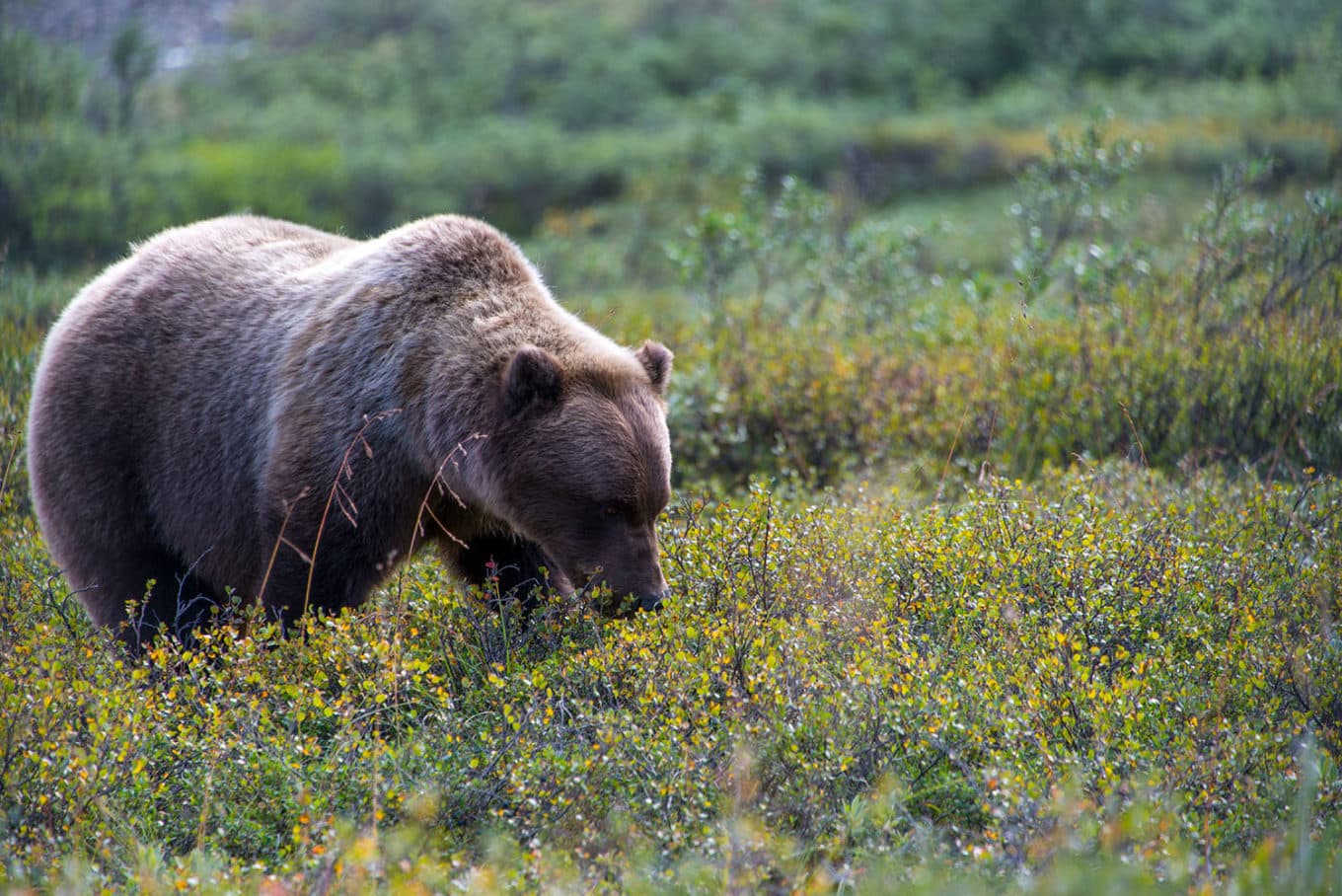
Help grizzly bears stay connected — help the rest of the wildlife too
Helping grizzly bears and other wildlife stay connected across landscapes is at the heart of our work at Y2Y. What we do today to connect and protect their habitat — with our partners’ and your help — gives hope for a brighter future for people, bears and other wildlife that share landscapes. Supporting organizations like Y2Y allows Y2Y and our partners to continue work on large landscape conservation as well as working with communities to get more food storage lockers and other tools to help humans and nature thrive.

Guest Author:
Yellowstone to Yukon
Formed in 1993, Yellowstone to Yukon Conservation Initiative (Y2Y) is a joint Canada-U.S. not-for-profit organization that connects and protects habitat from Yellowstone to Yukon so people and nature can thrive.
The organization is based in Canmore, Alberta, Canada. Staff and program work is distributed across five American states (Washington, Oregon, Idaho, Montana and Wyoming), two Canadian provinces (British Columbia and Alberta), two Canadian territories (Yukon and Northwest Territories) and the territories of at least 75 Indigenous groups.



